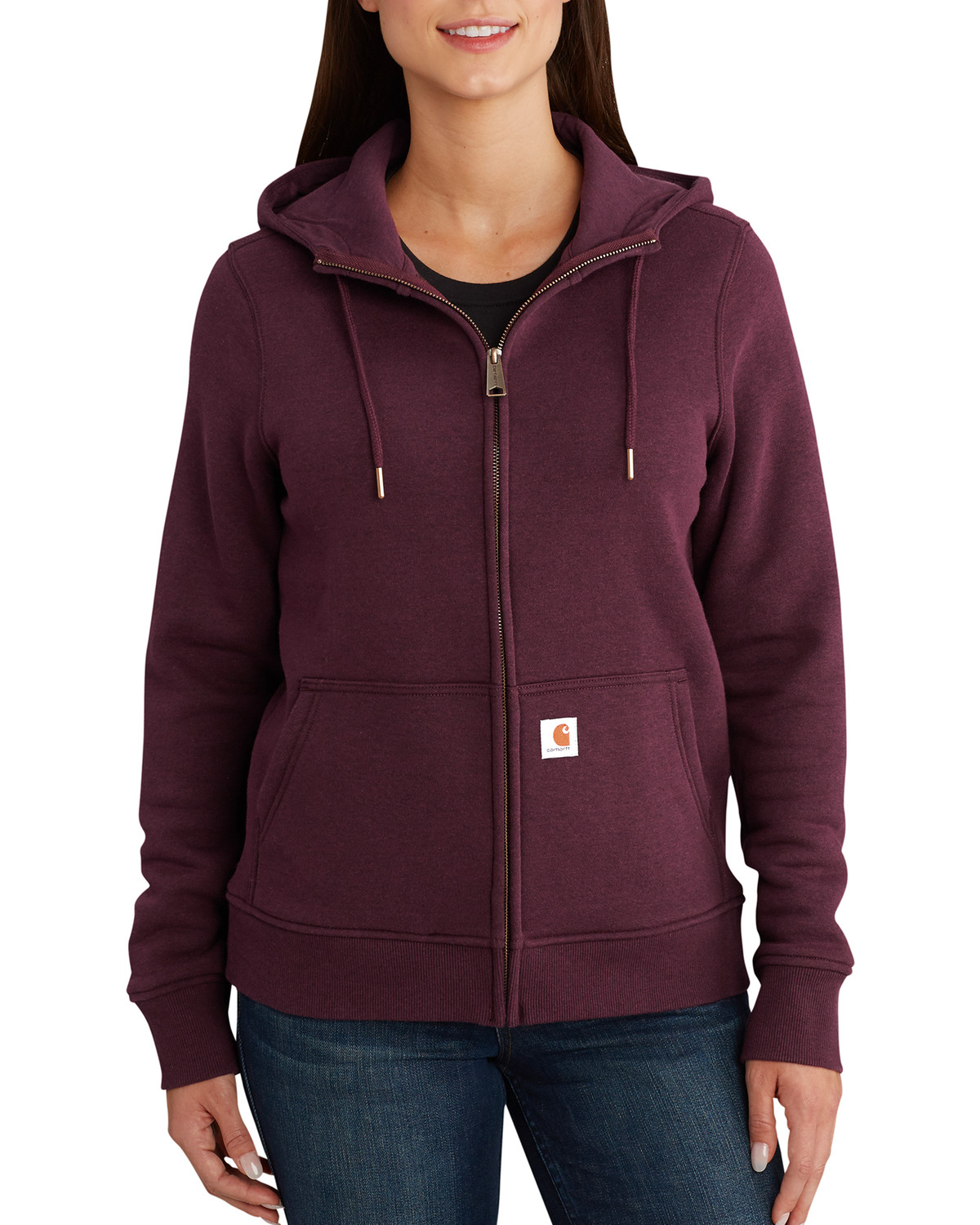What to Consider When Choosing the correct Sweatshirt

Sweatshirts are long-sleeved, pullover shirts that are typically constructed from thick cotton fabric. They are usually used for casual wear but aren't so formal as sweaters and cardigans. They do not usually have the or hood. If you are interested in buying a sweatshirt here are some suggestions:
The appeal of Norma Kamali was spread by the use of sweatshirts
Since the late '70s In the late '70s, Norma Kamali has been transforming the simple sweatshirt into an art form. Her designs are now a staple in almost every woman's wardrobe. Her distinct styles include a tummy-tucking team neck to leather-paneled sweatshirts. She also has created clothes with unusual shapes, such as an oversized tank top that has a long trumpet skirt.

The collaboration of the designers and the sweatshirt maker Everlast led to her Timeless collection, which was a huge hit when it debuted in Spiegel's spring 2006 catalog. The collection featured knits that could be interchangeable or convertible with classic designs and many of the items were priced below $20. Even even if Kamali's Timeless collection wasn't available in stores, customers were able to find the items on eBay and Poshmark.
Merino wool sweatshirts are more comfortable than sweatshirts made of soft wool.
Merino wool is known for its moisture-wicking capabilities that help keep you comfortable and dry. This is a naturally-occurring fiber that has a softer feel. The fabric is also quick to dry in comparison to other natural material. In addition, it is a renewable resource. Merino sheep shed their coats every year and regrow new coats.
The weight-to-heat ratio of merino wool makes it popular for sweatshirts. It helps to regulate body temperature thanks to its natural loft, which retains heat in the fibers. This is why Merino wool sweatshirts work ideal for outdoor activities in the summer, such as mountain biking, hiking and running. The warmth they provide ensures that the wearer stays cool and dry, which is crucial when working out.
Zip-front hoodies have kangaroo pocket
Kangaroo pocket hoodies are a popular style of hoodies. They feature a big pocket on the front, that keeps your hands warm during cold days. They're additionally more practical than conventional pockets, since they allow the hands to slide in and out with ease.
Kangaroo pockets are usually large enough to accommodate an entire wallet, as well as other small items for personal use. They're usually large enough to accommodate the palm of a hand that is small or even sufficient to hold two hands. They are wide on either side , and make them ideal for carrying small objects.
French terry fabric is a popular fabric for sweatshirt s.
The French terry fabric is made of soft yarns made into loops, and is typically midweight. It is also known because of its capacity to absorb moisture and is pre-shrunk. French Terry is an excellent option for sweatshirts since it keeps you warm when you require it and helps keep you cool when you're trying to cool down.
French terry is also popular for loungewear, since it is stretchy enough and has enough flexibleness to feel great on your skin. It also allows for enough air to circulate throughout the fabric, which makes it ideal for layering underneath other clothes. In addition, because it is lighter than other sweatshirts you can wear it all year round without feeling hot or cold.
Hoodies have classist connotations
Although it might appear that hoodies are an appropriate attire item for people of the working class but the truth is that they have a classist connotation. sweat shirts was first popularized in the early 70s New York, where graffiti artists would wear them to conceal their identities. In 1976, hoodies made their major film debut in "Rocky," when the character from the working class wore grey sweats with hoods during his memorable climb up the Philadelphia Museum of Art.

Hoodies are usually associated with destruction, death and other unpleasant things, but they also serve practical purposes. For instance, monks and priests may wear hoods to show respect and a sense of self-control.
